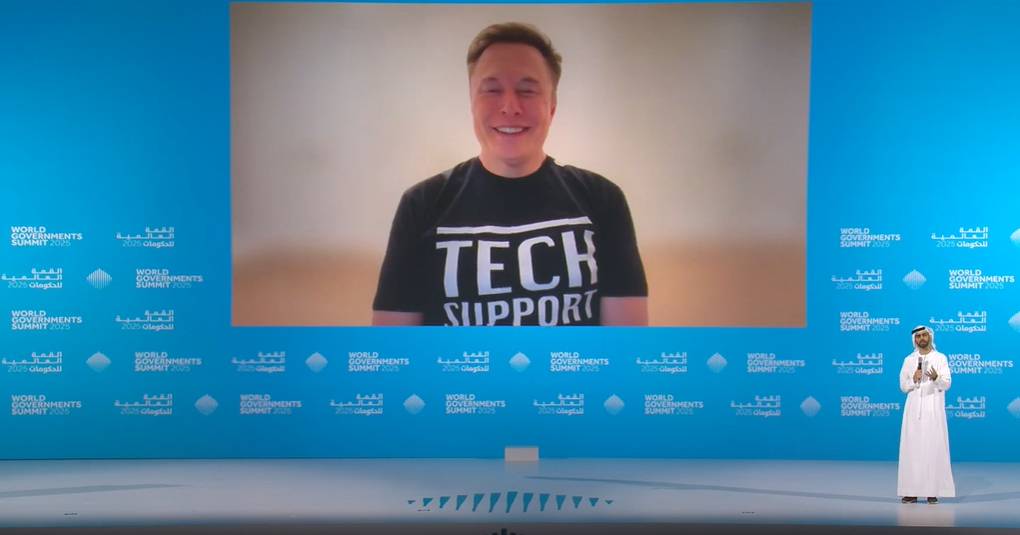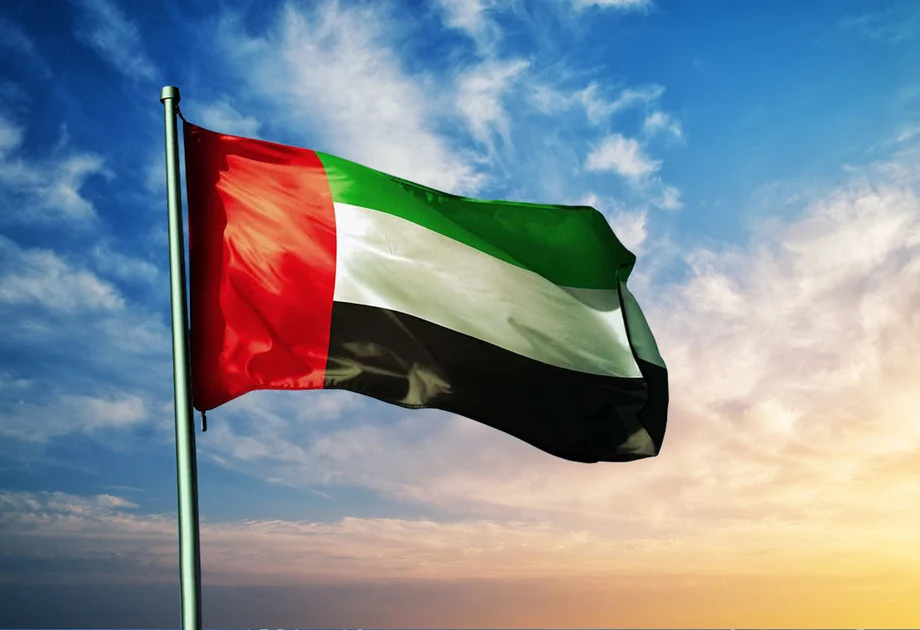A rare partial solar eclipse is taking place on October 25th, and will be visible from parts of Europe, western Asia and northeast Africa.
Dubai Astronomy Group (DAG) describes a partial solar eclipse to be a rare event that occurs when the moon comes between the sun and earth. The moon only partially covers the sun’s disk.
Partial Solar Eclipse visibility from the UAE
The partial solar eclipse will be visible from the UAE on October 25.
The spectacular partial solar eclipse is expected to start at 2.42pm and end at 4.54pm. The maximum eclipse will occur at 3:52pm local time. During the maximum, 35 percent of the Sun’s surface will be eclipsed by the Moon.

The next totality will take place on April 8, 2023, during a hybrid solar eclipse.
According to the DAG, “During a partial solar eclipse, the moon, sun, and earth don’t align in a perfectly straight line, and the moon casts only the outer part of its shadow — the penumbra — on Earth. From our perspective, this looks like the moon has taken a bite out of the sun.”
What is a Solar Eclipse?
Solar eclipses are celestial events that can occur about every 16 months and can last up to seven and a half minutes depending on the Earth-Sun-Moon geometry. The Moon blocks light coming from the Sun and subsequently casts a shadow on Earth, with the eclipse becoming visible to anyone within this shadow, the European Space Agency said.
A partial solar eclipse is when the moon comes between the sun and the earth, with the moon partially covering up the sun. As a result, we see the Sun in the shape of a crescent or as if the Moon had taken a “bite” from it.
Safety Reminder
One should not witness a solar eclipse from the naked eye, even for a short time. It can cause serious damage to your eyes.

Viewers need to buy solar eclipse glasses. The sun will appear in a natural orange colour when viewed through this filter.
DAG has warned that, “Exposing your eyes to the sun without proper eye protection during a solar eclipse can cause eclipse blindness or retinal burns, also known as solar retinopathy. This exposure to light can cause damage or even destroy cells in the retina (the back of the eye) that transmit what you see to the brain. This damage can be temporary or permanent and occurs with no pain. It can take from a few hours to a few days after viewing the solar eclipse to realise the damage that has occurred.”
Where to see the partial Solar Eclipse?
If you wish to view the partial solar eclipse, you can join the paid event hosted by Dubai Astronomy Group on Tuesday, October 25 at Al Thuraya Astronomy Center in Mushrif Park.
The event starts at 2pm, and prices start from Dhs30 per person.
The three-hour event will include an explanation of the spectacle, telescopes to observe and capture the eclipse, and solar eclipse glasses. You will be able to view the eclipse’s different stages: starting, peak and end.
Additionally, since the event is happening during work hours on a weekday, and incase you can’t make it, Dubai Astronomy Group is live streaming the event here.
Special prayers held by Mosques in Dubai
Mosques across Dubai will host special prayers as a partial solar eclipse casts the moon’s shadow on Earth.
The Islamic Affairs and Charitable Activities Department (IACAD) – Dubai posted on social media that the prayers will be held right after the Asr (evening) prayer on October 25.
This special prayer is known as ‘Kusoof’. Prophet Muhammad (peace be upon him) used to offer the special prayers during solar or lunar eclipses. Muslims believe that eclipses serve as a divine reminder to be righteous.
Kusoof consists of two rakats and here is how it is performed:
- Recite the opening takbeer and begin the prayer.
- Recite Surah Fatiha, followed by a lengthy recitation of any chapter in the holy Quran.
- Bow and prolong it as long as you can.
- Rise up and then recite the Fatiha again, followed by another lengthy recitation – but this one should be shorter than the first.
- Bow again for a long period, but not as long as the first one.
- Rise back up, and prostrate twice. Both the prostrations must be lengthy and so must the sitting period between the two.
- Repeat the above steps for the second rakat.
Despite not being obligatory, the prayer is highly recommended. It is usually offered in congregation in mosques, although families can perform it at home as well.
You might also like: 12 amazing things to do in October in Dubai
Other celestial events happening this year
Leonids Meteor Shower
In November, the Leonid meteor shower will take place when the Moon’s illumination will be at 44 per cent. It will take place on November 17 and 18.
The shower is called Leonids due to its radiance or the emergent point – from the constellation Leo.
Geminids Meteor Shower
The Geminid meteor shower will be visible in December, with 72 per cent Moon illumination expected. It will take place on December 13 and 14.
This meteor shower is said to be one of the most spectacular meteor showers of the year with a sighing of about 120 meteorites per hour at its peak.
The moon will illuminate the sky from late evening on, on the evening of December 13.





